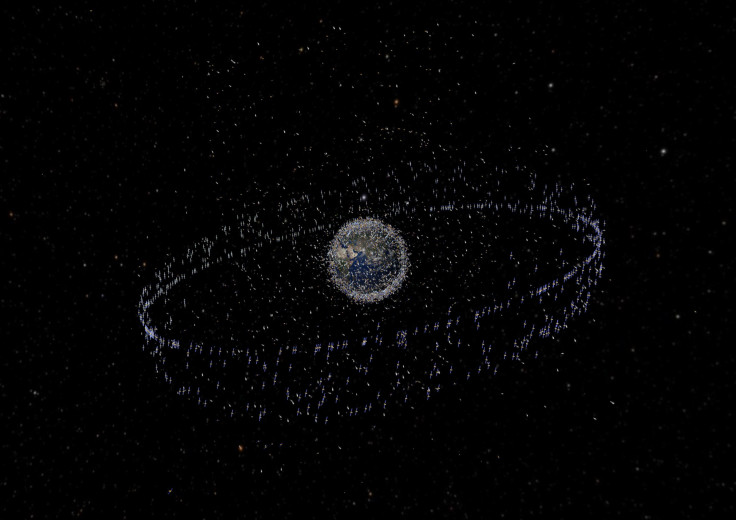Dead Satellites Can Be Dangerous To Humans, ESA Proposes Mission To Remove Space Debris

Apart from its missions to explore, tackling issues with space debris or space junk is a major concern for the European Space Agency (ESA). Speaking at the ministerial council in Spain, ESA director general Johann-Dietrich Wörner spoke of the dangers of dead satellites and proposed a new mission to tackle it.
Dead Satellites
According to director general Wörner, only 1,500 of the 4,500 satellites in space are active. This means that a majority of the satellites in orbit can already be considered space junk, and the problem is still growing worse because of new satellites being launched into space each year. In fact, just this past July, Amazon asked for the U.S. Federal Communications Commission's permission to launch over 3,000 satellites into low-Earth orbit.
This growing number of space debris is a major problem, according to Wörner, saying the dead satellites pose a “very big danger” to the Earth. As such, he proposed a mission to bring down ESA-owned assets that are still in orbit around the Earth and avoid future space debris through direct de-orbiting.
Apart from ESA’s proposed mission, there are also other efforts to clean up space junk. Just last year, a satellite called RemoveDebris was launched to perform experiments to demonstrate technologies that can be used to capture space debris. Others also being developed are harpoons, robotic arms and nets that can capture the debris and pull them into the Earth's atmosphere where they will burn up.
As of January, the ESA is tracking over 22,000 debris, with a total mass of 8,400 tons.
Dangers Of Space Junk
Space debris can be very large such as burnt up rockets or dead spacecraft, but a majority of it are much smaller such as flecks of paint and dust. Such debris are also potentially hazardous in space, as unchecked space debris can collide with active satellites or even threaten a spacewalking astronaut. This is because even dust particles that do not normally pose a threat to Earth can act like bullets in space.
In fact, when Hubble Space Telescope's solar panels were brought back to Earth in 2002, they were found to be peppered with impact craters. In 1996, a fragment from a long-disintegrated Ariane rocket stage collided with the French military satellite, Cerise, cutting its 20-foot boom in half, while a tiny piece of space junk that hit the International Space Station in 2006 caused a chip in one of its heavily reinforced windows.
As humans continue to venture further out into space, space junk will only increase if we don't find a way to reduce or even control them.
© Copyright IBTimes 2024. All rights reserved.






















